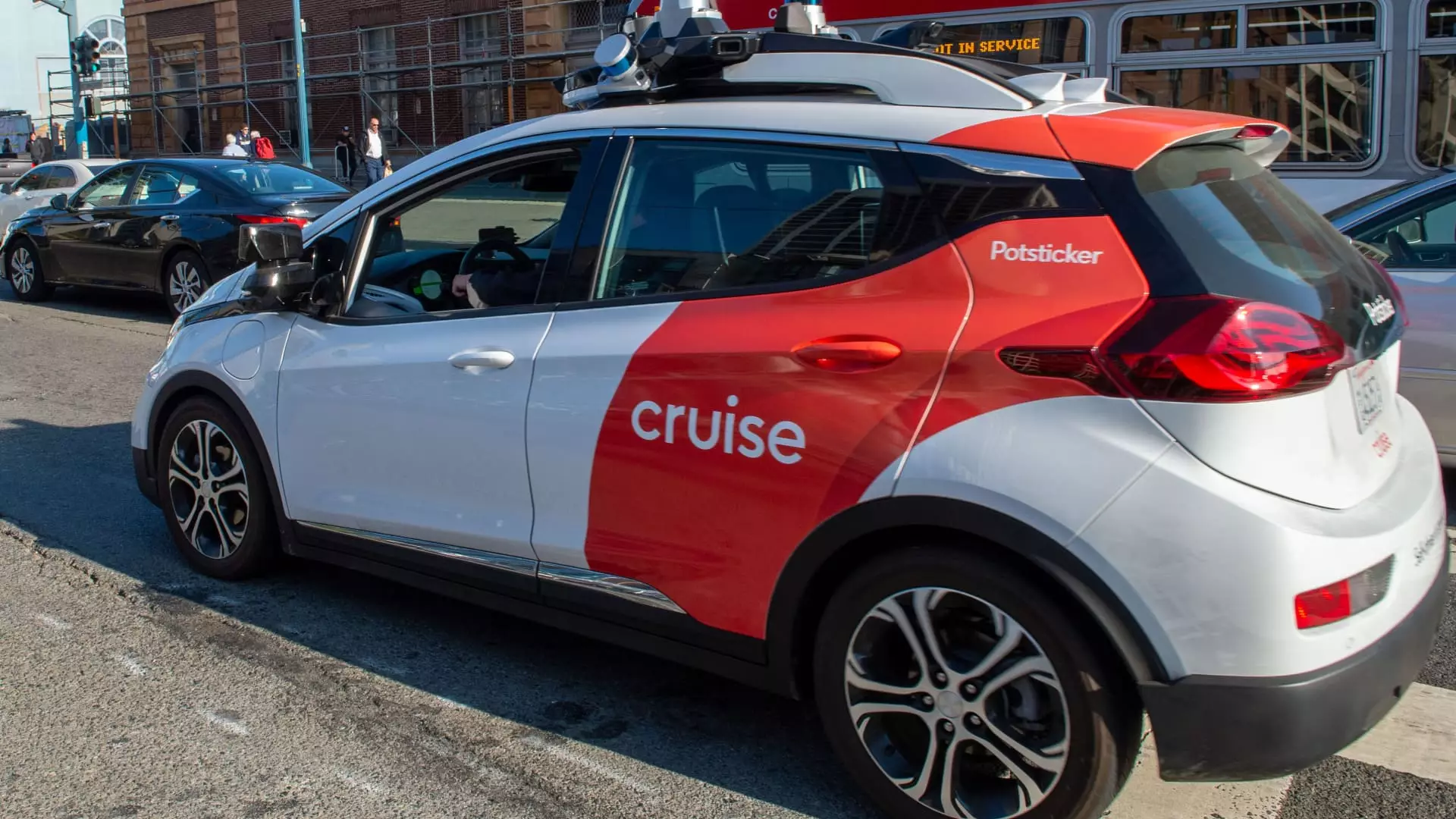The recent announcement from General Motors (GM) that it would lay off approximately 50% of the workforce at its Cruise robotaxi division serves as a stark reminder of the unpredictability in the tech and automotive sectors. After investing over $10 billion since its acquisition in 2016, GM’s decision to cease funding for Cruise highlights both the challenges of developing autonomous vehicles and the shifting tides within corporate strategy. Once hailed as a frontrunner in the autonomous vehicle sector alongside players like Waymo, Cruise has faced substantial setbacks that have ultimately redefined its operational landscape.
Understanding the Layoffs
This massive workforce reduction comes on the heels of a broader strategic pivot for GM. Cruise had steadily attracted a sizable workforce; however, the abrupt shift from operating a ride-hailing service to concentrating on autonomous vehicle development has led to a reassessment of staffing. In an internal communication, Cruise President Craig Glidden attributed the drastic cut to a strategic realignment that occurred late last year, suggesting that the skills and resources required for developing personal autonomous vehicles are markedly different from those needed to run a robotaxi service.
This decision underscores a critical shift in GM’s vision: rather than attempting to integrate into the ride-hailing market, the company is focusing on producing self-driving vehicles for individual ownership. As a consequence, the reduction will predominantly affect engineering and related roles, with roughly 88% of the remaining employees holding those positions.
The communications from Cruise highlight a commitment to the well-being of those affected by the layoffs. Severance packages will be provided, along with career support aimed at helping individuals transition into new employment opportunities. Employees with longer tenures will find additional financial support, with Cruise promising two more weeks of pay for each year of service beyond three years. Such gestures convey the recognition of hard work put in by the employees, even as the company navigates a tumultuous chapter.
However, despite the financial assistance, the news has undoubtedly cast a shadow over the morale of remaining employees and raises concerns about the future of autonomy within GM. With a precarious path forward, it’s evident that the narrative surrounding Cruise is no longer one of innovation and advancement but rather one of restructuring and uncertainty.
Adding to the tumult surrounding Cruise are serious regulatory complications. A recent investigation revealed that the company failed to adequately inform regulators about a massive incident involving one of its robotaxis, which resulted in a pedestrian being dragged by a vehicle after being struck. These findings, along with accusations of a toxic corporate culture and ineffective leadership, paint a troubling picture of internal operations at Cruise and raise questions about the overall health of the company’s management.
Executives within Cruise are also facing departures as part of this significant restructuring—cleanup operations that follow regulatory scrutiny. High-profile executives, including Marc Whitten and Nilka Thomas, are set to leave by the end of the week, while the CTO, Mo Elshenawy, will assist in transitioning leadership. These changes reflect broader issues within Cruise and its capacity to navigate the challenging landscape of regulatory compliance and public safety concerning autonomous vehicles.
The Road Ahead for GM and Cruise
As GM refocuses its efforts on developing personal autonomous vehicles, questions remain about the future viability of Cruise as a brand within the larger GM umbrella. The ambitious plans to deliver autonomous technology to customers could hinge on an ability to restore trust and credibility, both with regulators and the public.
While it is clear that the automotive industry is evolving—moving towards greater electrification and automation—the path to success is littered with obstacles. The fate of Cruise may serve not only as a lesson for GM but as a broader cautionary tale: ambitious technological advancements in autonomous driving are not just dependent on innovations but also require robust governance, extensive testing, and a resilient organizational culture.
As the dust begins to settle from these latest layoffs and restructuring efforts, the industry will surely watch closely to see how GM and Cruise maneuver through this challenging transitional period. The success of this new focus on personal autonomous vehicles will ultimately determine whether Cruise can recover from this significant setback or if it will become yet another example of the volatility in the quest for autonomy.


Leave a Reply